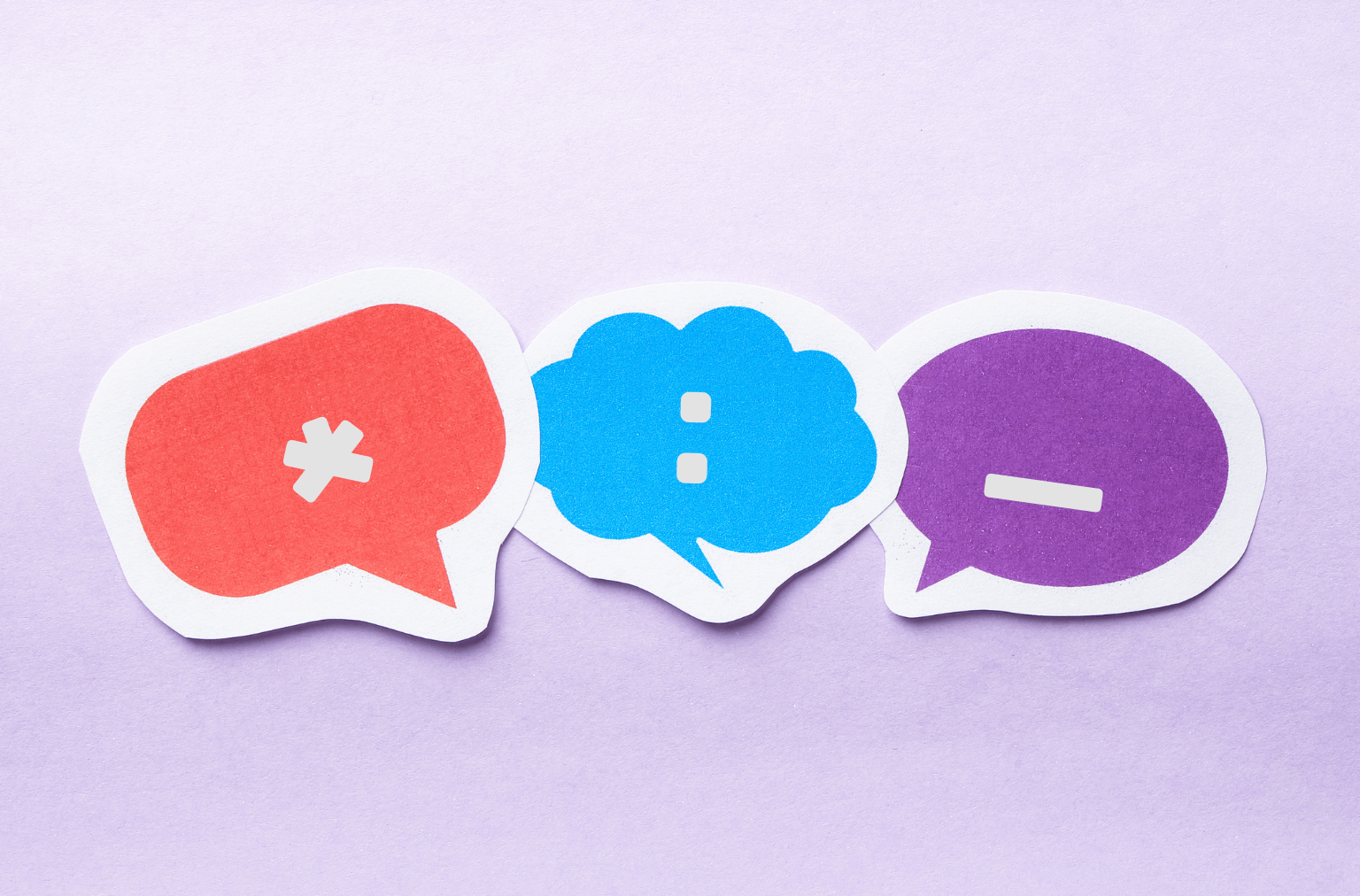Of asterisks and colons—Inclusive writing in German

Gender-sensitive language polarizes and leads to heated discussions. How should companies and individuals alike navigate this terrain?

Opinions differ greatly on gender-sensitive language. While opponents argue that women are included in the generic masculine, supporters argue that the visibility of women and non-binary persons is limited.
For some time now, studies have shown that the generic masculine is not interpreted generically, but masculinely. Companies using only the male job title (e.g. “Ingenieur”) instead of explicitly including the female form (e.g. “Ingenieurin”) in a job posting, fewer women apply for the job. And at the latest since the Duden introduced gender-appropriate personal descriptions in the spring of 2021, gender-appropriate language has also increasingly become an issue for companies. Moreover, the largest German-language news agencies also want to report more inclusively in the future.
The path is the goal
So what is the best way to communicate diversity and inclusion? A good first step is to actively address the issue. Because at the end of the day, inclusion needs to be talked about in order to create the awareness of the great impact language has on lived reality.
Communicators has gone beyond the talking stage and started to use the colon (e.g. “Leser:in”) in order to do its part for a more gender-inclusive future. The good readability as well as the inclusion of non-binary people and people with a visual impairment have tipped the scales. And we bring variety into the text by also using gender-neutral expressions such as “Medienschaffende”. In order to avoid texts that are overly impersonal, we always make sure to use them in moderation.
In the German-language version of this blog post we provide an overview of the most used variants that are used to write gender-inclusive texts.
